What do you mean by Electrical Overload?
Electrical overload occurs when excess or more than required current (ampere) is put across or flows through the circuit, than it can handle.
Let’s say, In a standard size living room, there are like 10 switches on a switch board, which includes lights, fans, fancy lights, etc. switches. Now in this circuit only if AC connection, dining area light connection, microwave and toaster connections are done & only 20 A wire is used to connect all the above mentioned appliances and fittings, then electrical circuit overload is bound to happen.
Excessive overload leads to generation of heat which can cause fire or damage the equipment.
Other likely effects of over current can lead to short circuit too. Many home owners are under a misconceptions that short circuit takes place only when a wire/socket is touched. That’s not the truth. Short circuit can happen in a wire in any room anytime. If you happen to hear a weird noise like “char-char-char” in a room, then it could be short circuit because of current overload.
You would say that wire are coated then why to worry. Yes wires are coated with PVC or other fire resistant material. But there are certain limitations too. If there’s excessive over-current flowing, wires get heated up and then the coating material too gets heated up. When the coating material gets heated up more than its resistant temperature, it will start burning and result in short circuit or it may blast and catch fire.
Therefore to avoid any overload & unnecessary short circuit, it’s suggested to have different circuit for different rooms and for heavy electrical appliances like AC, microwave, refrigerator, etc. Here the current gets divided in an appropriate manner. In wiring especially concealed wiring, usually 2.5 to 4 sq.mm wire is used. Nothing heavier than that. For 2.5 ton Ac too 4sq.mm wire is best suitable.
To control the risk of over-current mechanisms like fuse, circuit breakers, current limiters, etc. are commonly installed.

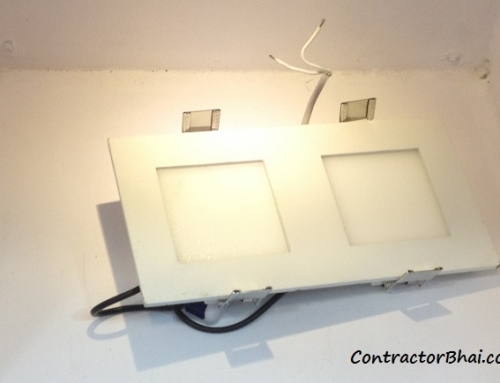
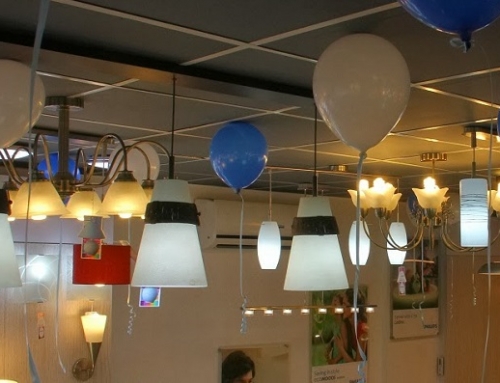
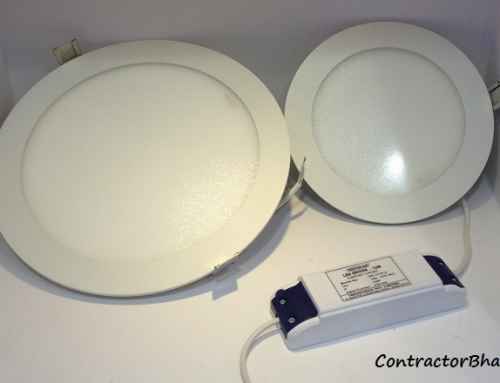
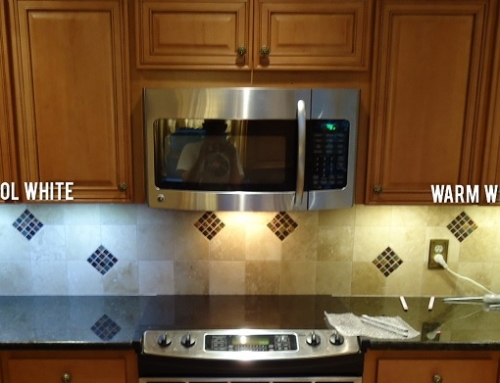
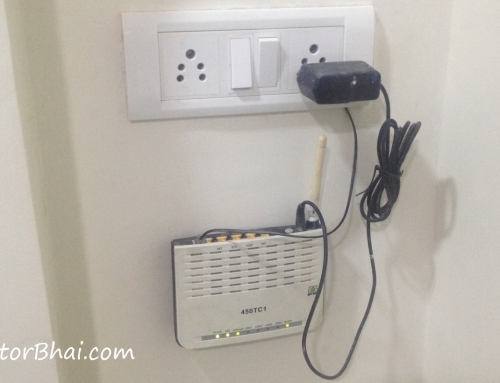
Leave A Comment